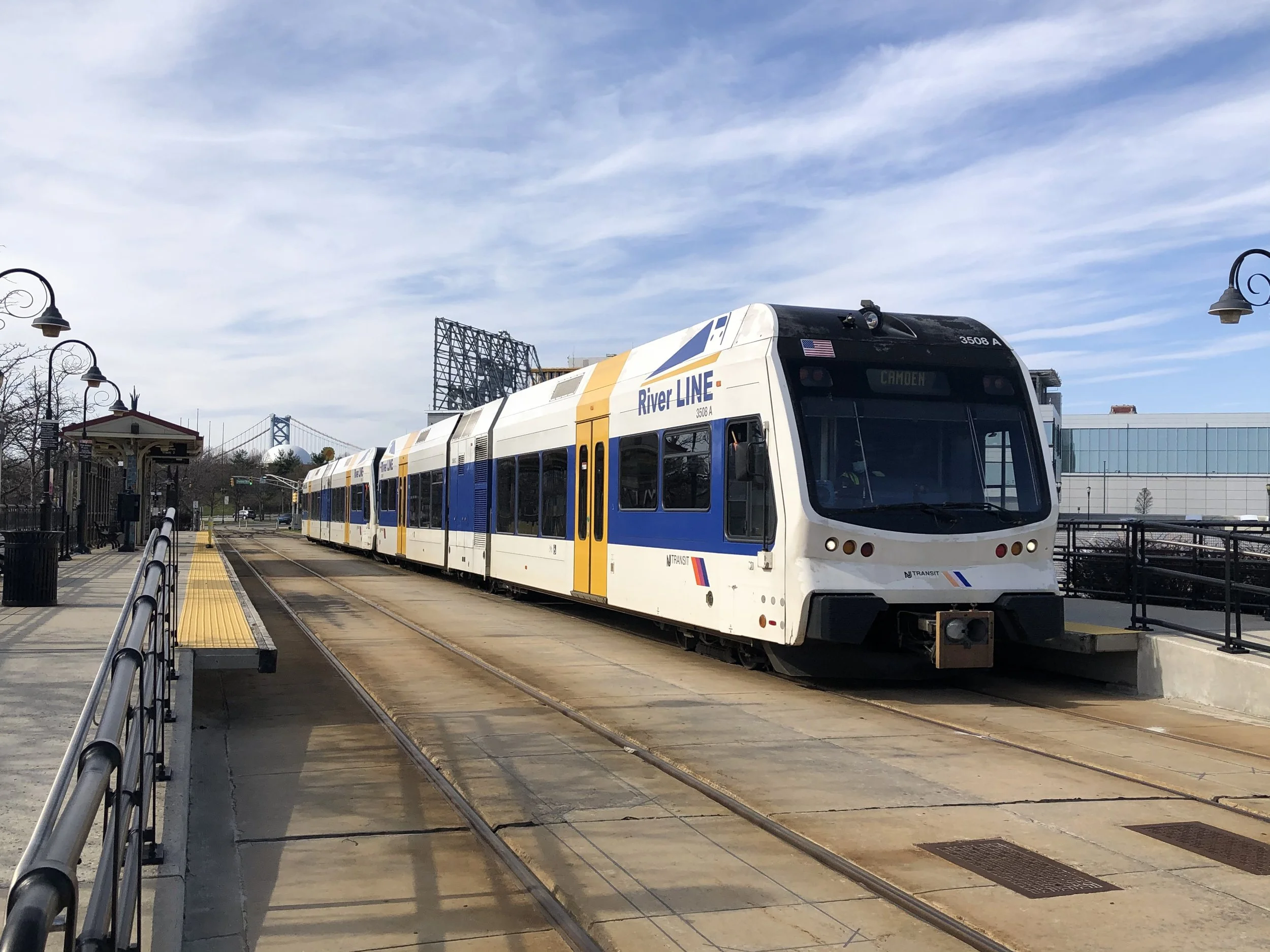Okay, confession, for as long as I've been in the hobby, it has always driven me nuts when someone says "I model in O Gauge". No. Ultra no. Infinity no. Gauge is the distance between the rails, scale is how small the trains are with respect to the prototype.
Scale, of course, is the basis of the hobby. We model things smaller than in reality, but all components of a model railroad are to the same scale to prevent them from looking over- or undersized. The common modeling scales, from largest to smallest are G, O, S, HO, N, and Z.
Several scales use the same gauge track to represent alternate gauges of that scale. For example, F scale uses G gauge track to represent 3ft narrow gauge, and On30 uses HO gauge track to model 30 inch narrow gauge, whereas both G and HO use their respective gauges to represent standard gauge. This is usually done by scaling up the locomotive sizes until the track gauge represents the desired narrow gauge. This is done because it allows modelers of more obscure scales and gauges to more readily use commercially available components. It's one thing to construct a locomotive from scratch, but it's far easier to take, for example, a G scale locomotive chassis and motor, and build a new locomotive on top of that. It increases reliability and accessibility for that hobby niche. Thus, saying which gauge you model in can be very uninformative as to what you do with it, because there could be multiple scales associated with it.
There are many different scales that hobbyists model in, from garden-traversing G scale to city-in-a-coffee-table Z scale. Due partly to the sizes and partly to the histories of each scale, the different modeling scales all have particular advantages. While most people settle into HO or N scale, it is worth understanding all of the other scales and their finesses before you make a choice.
Hopefully, this episode will serve to edify the next generation of modelers on the subject of scales and gauges. As always, please feel free to drop us a line at our contact page if you have any questions, liked above.
